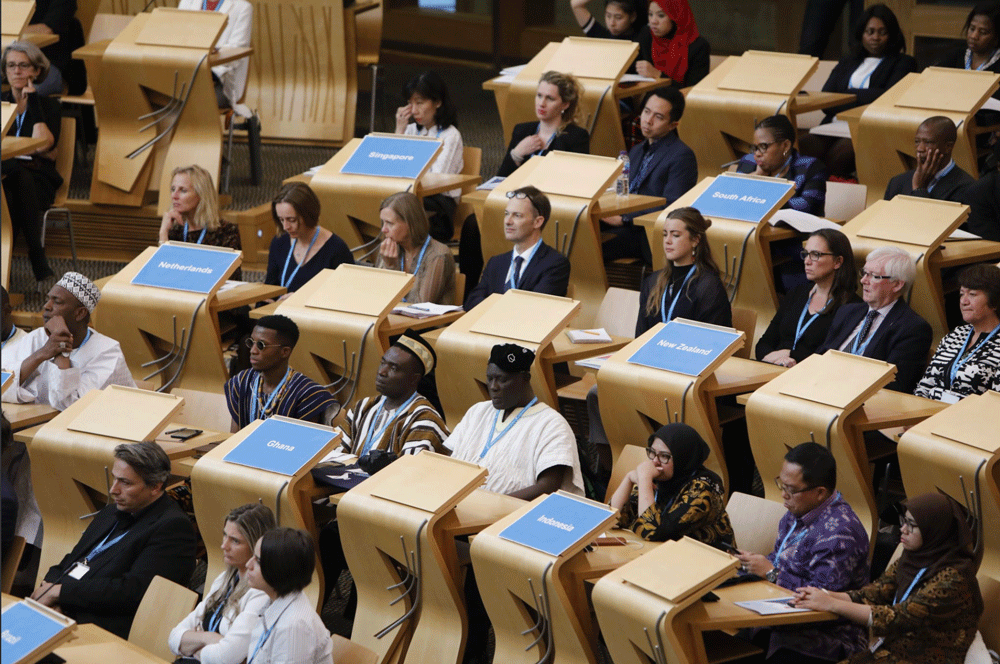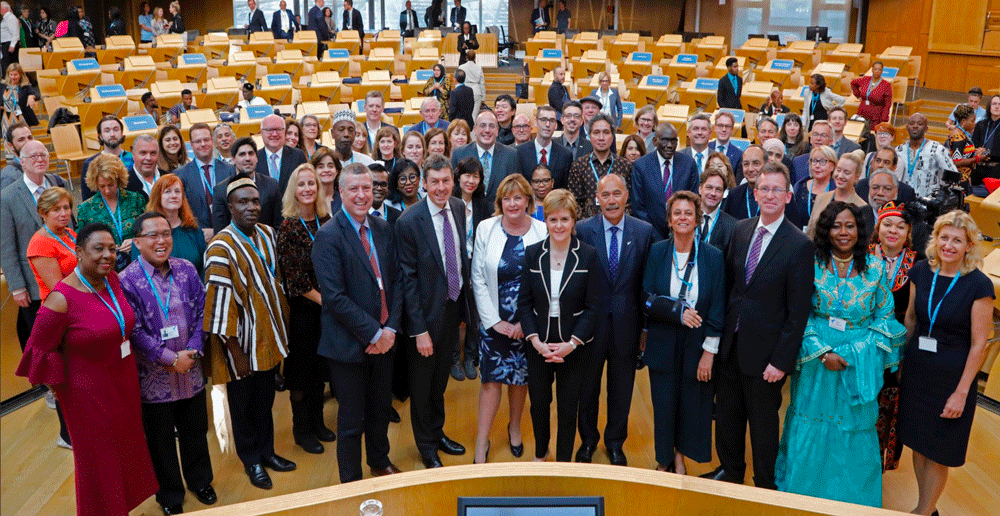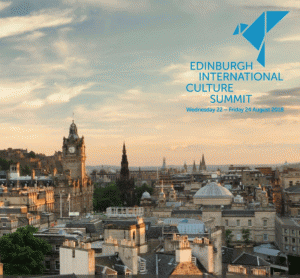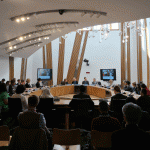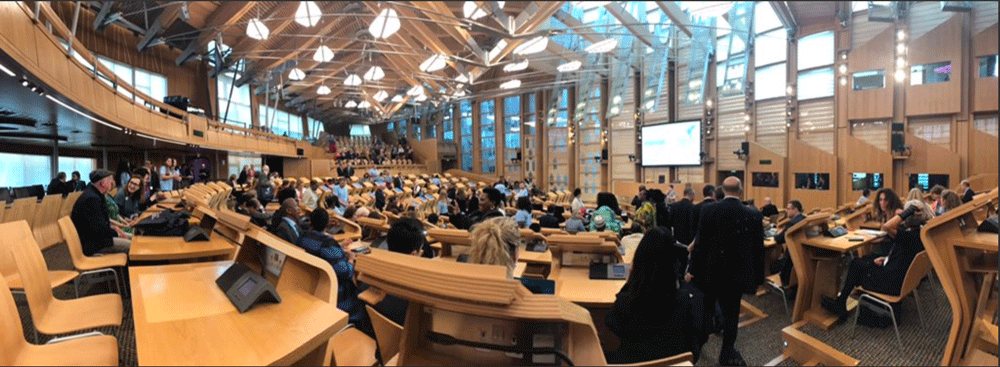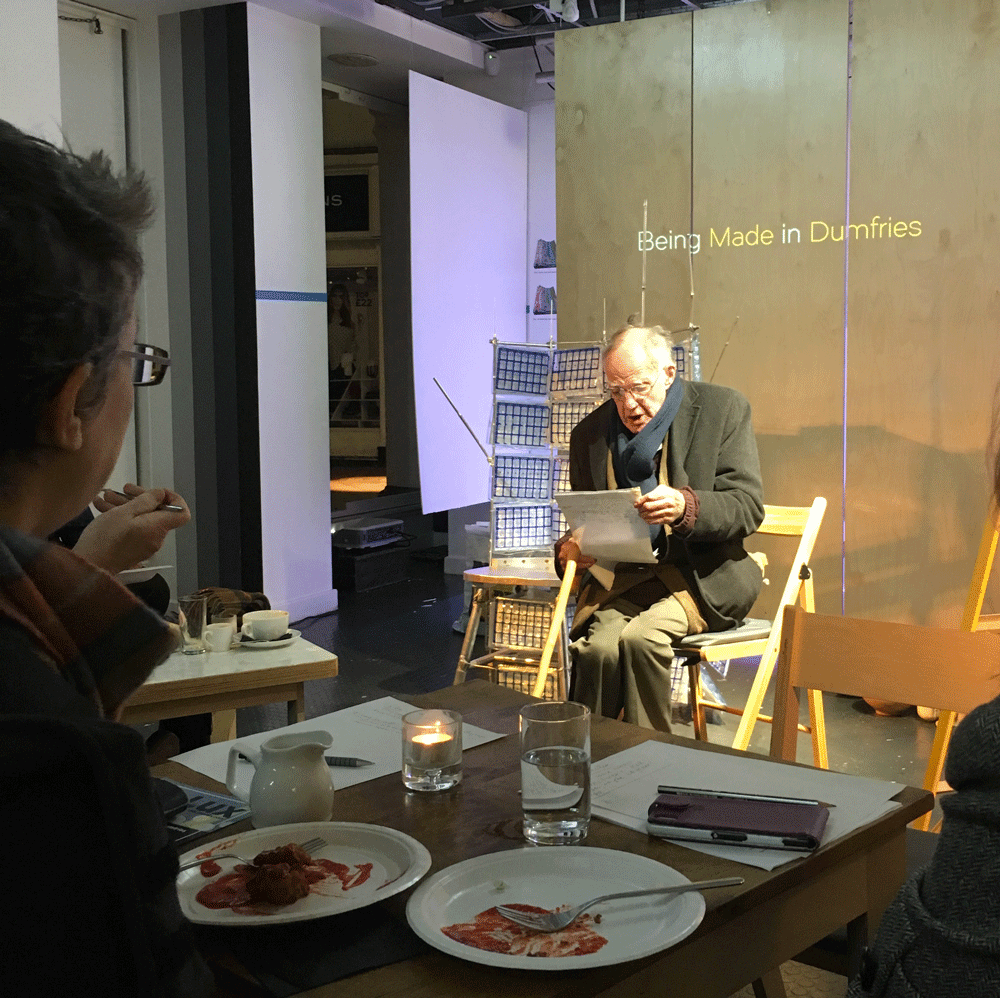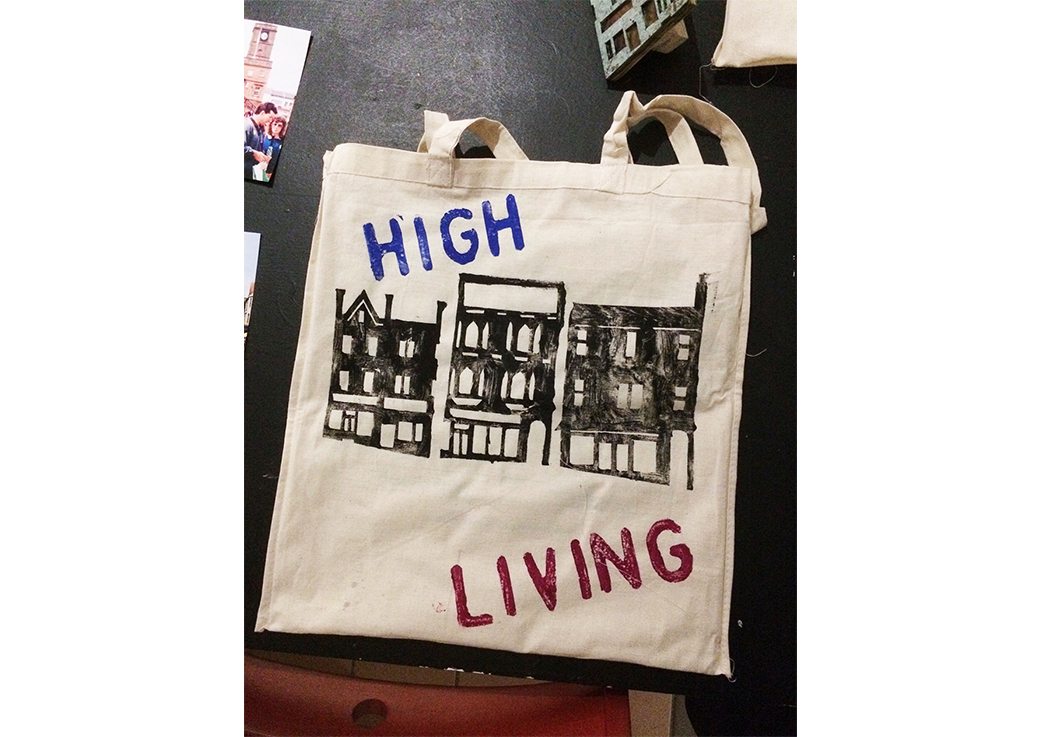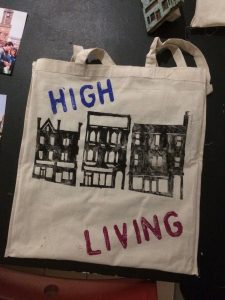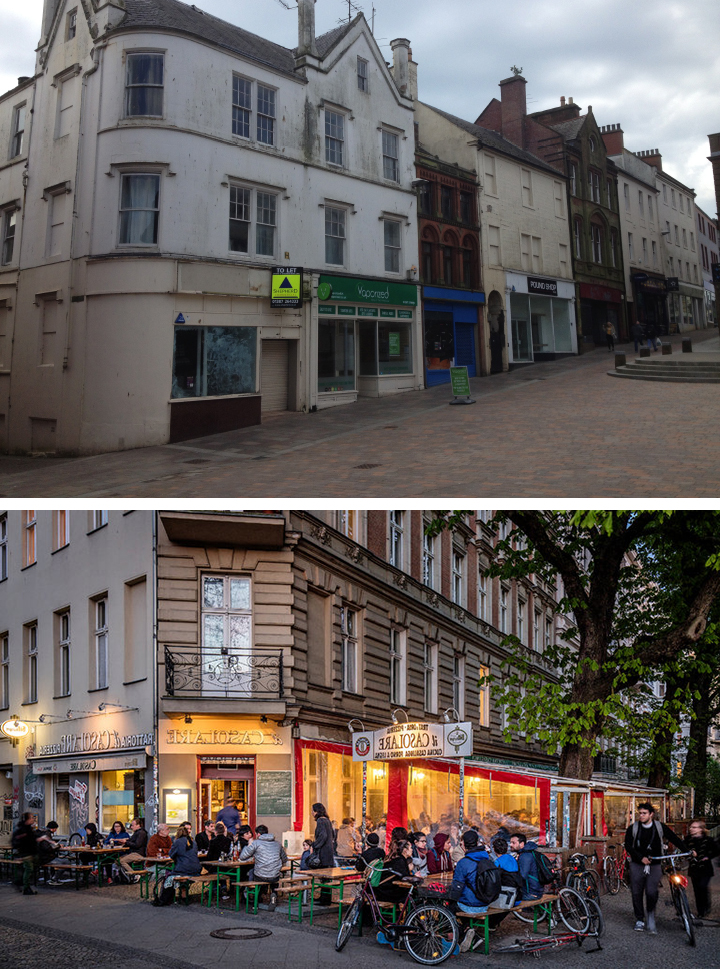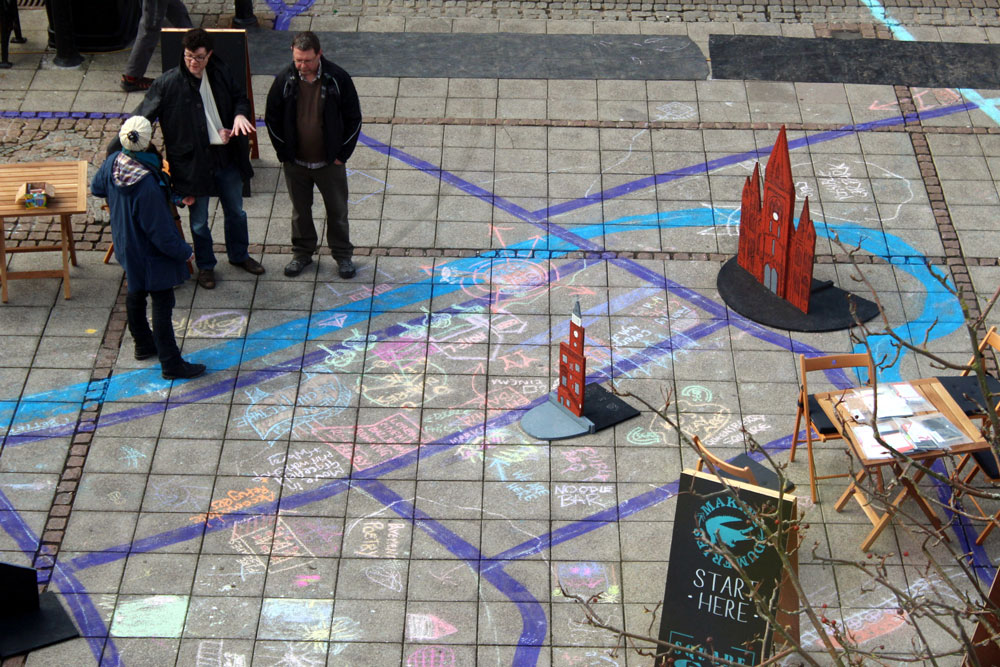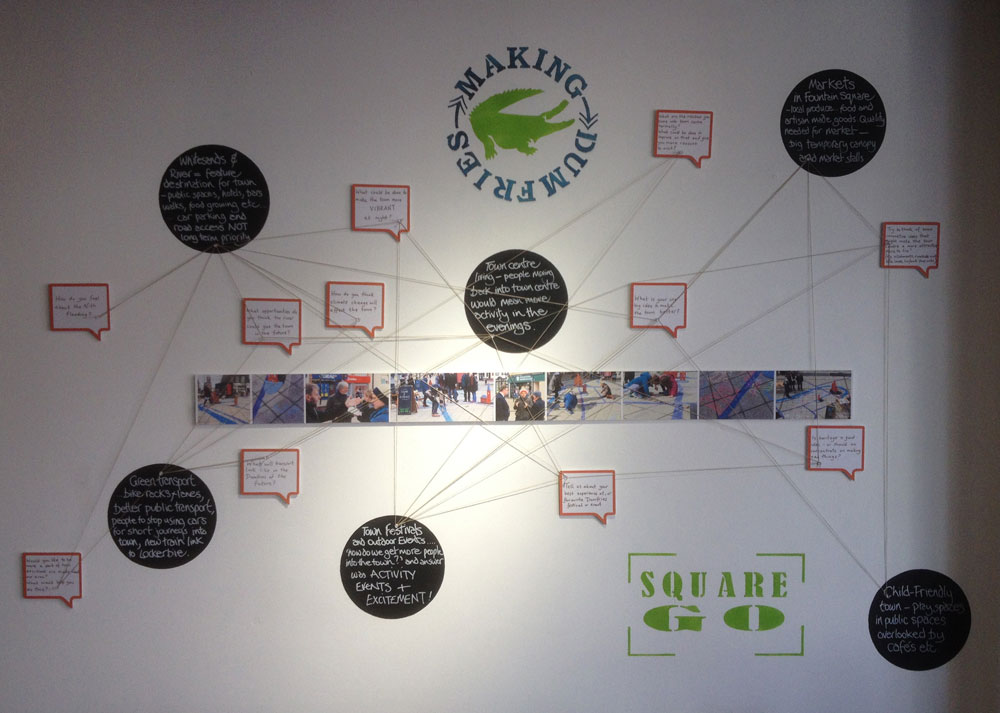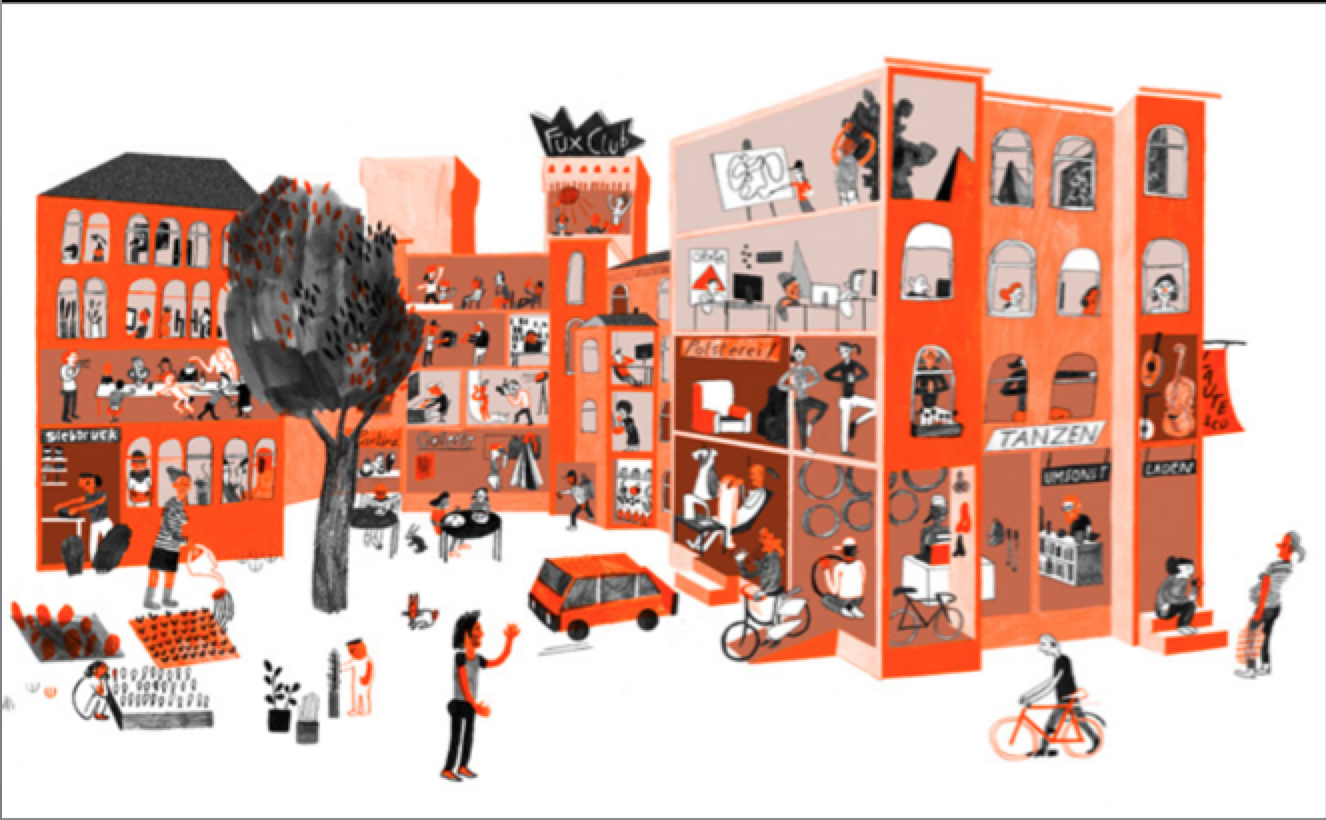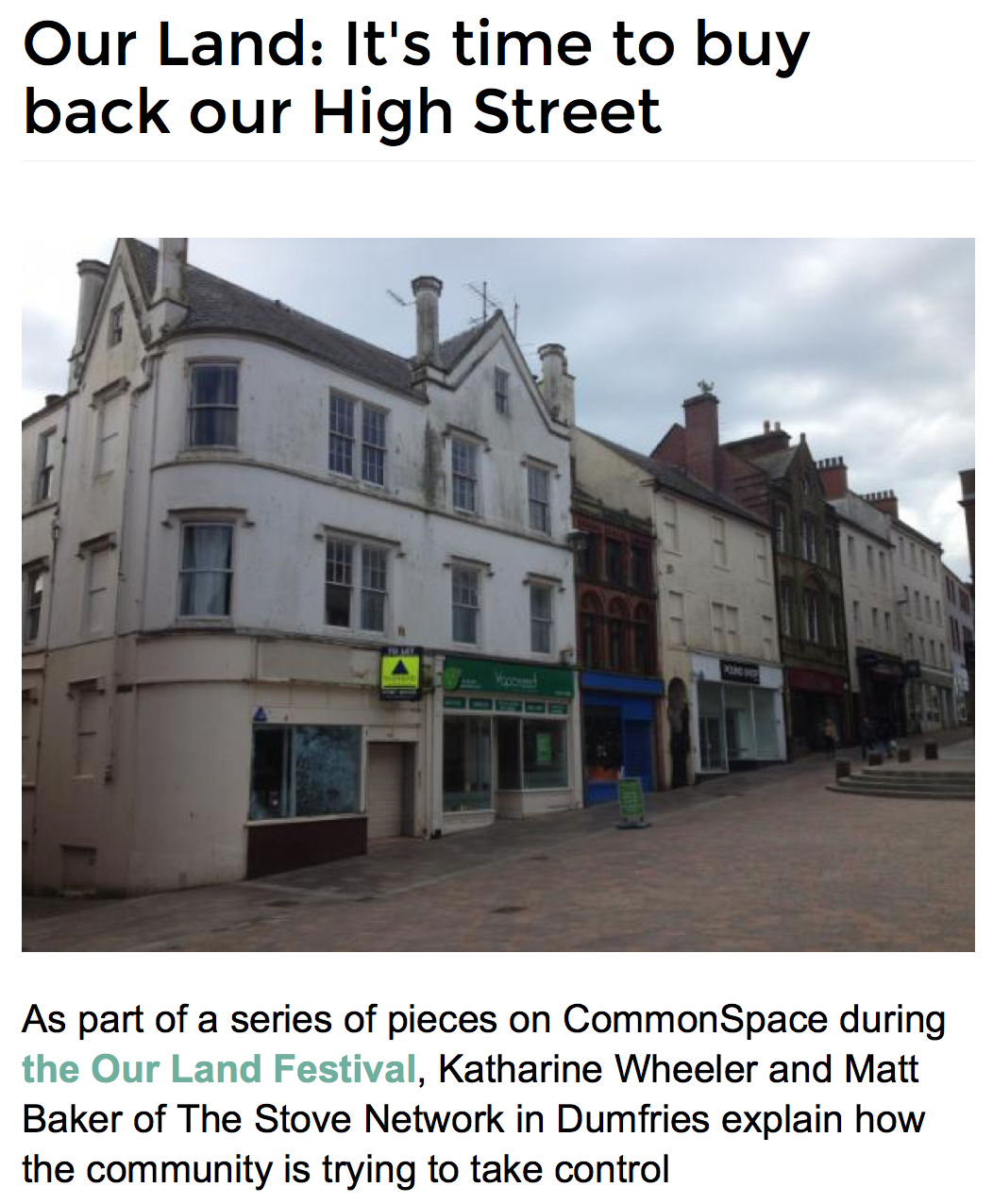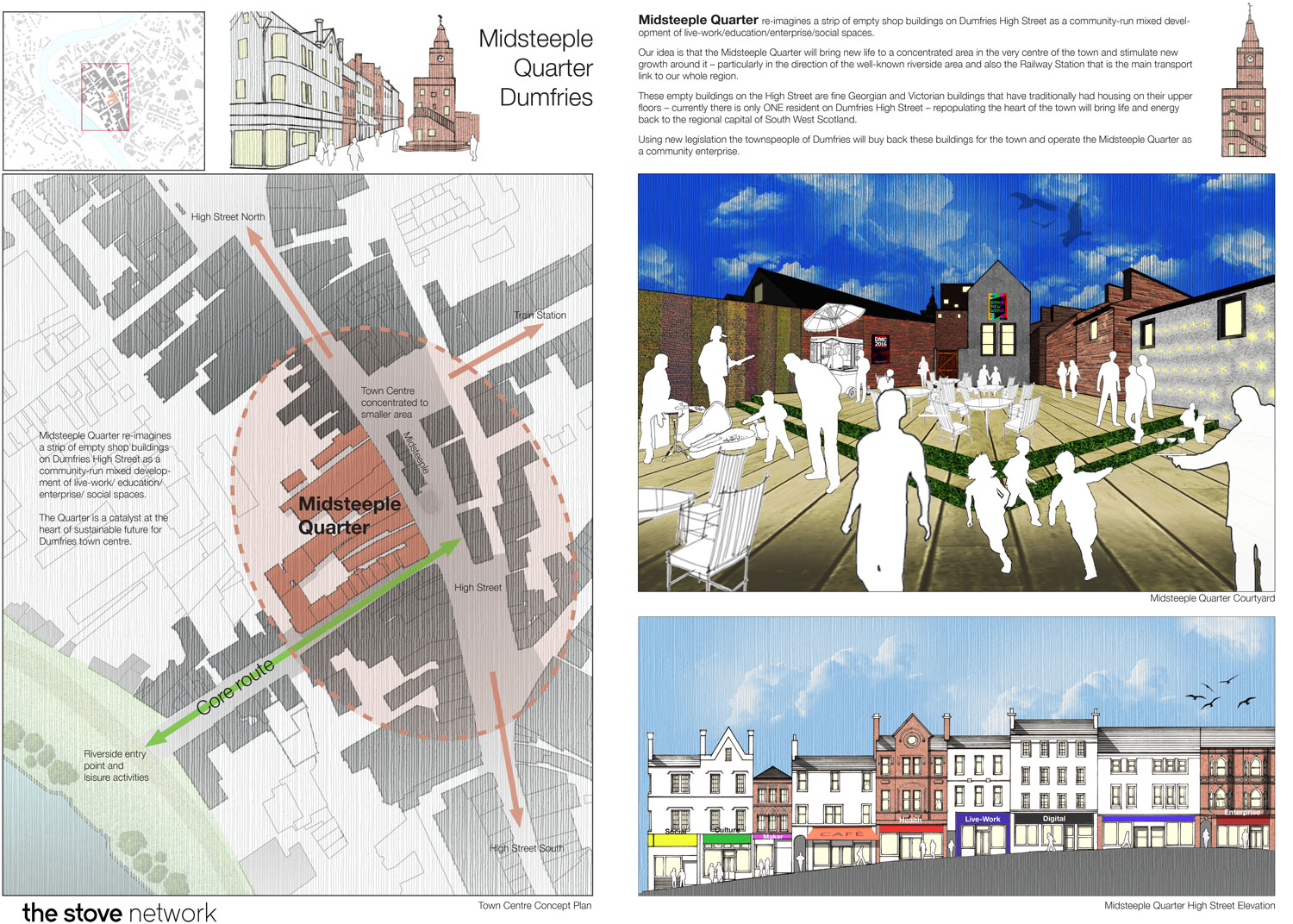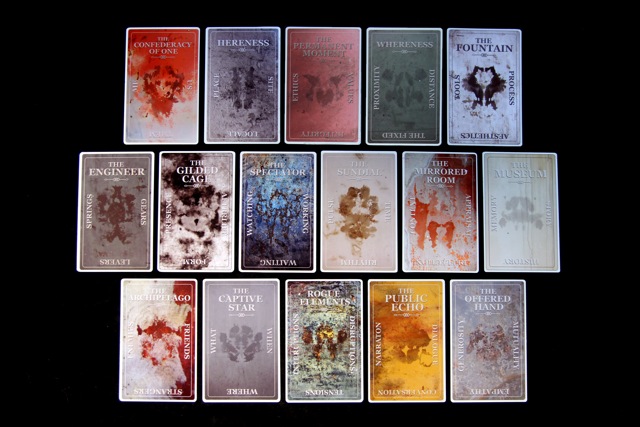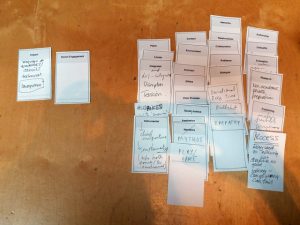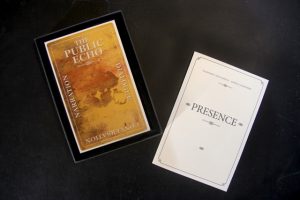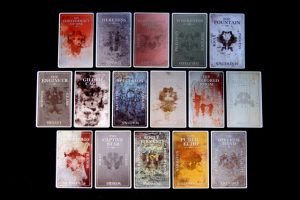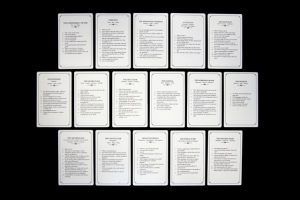By Matt Baker
The Committee for Constitution, Europe, External Affairs and Culture is currently examining future directions for funding culture in Scotland. The Stove gave evidence to the committee on 16th September and this blog builds on the themes developed in our evidence and the evolving conversation about the role of culture and creativity in society as a whole – a conversation given extra focus and urgency in the context of Covid and Climate Change.
Culture & Wellbeing The Stove Network Evidence Session on Constitution, Europe, External Affairs and Culture Committee 16 September 2021
In periods of lockdown during the pandemic, creative practitioners filled many of the gaps created by the withdrawal of local authority services for people with additional support needs. In my own area, I have many, many stories of the extraordinary efforts of creative people during this time and of the positive impacts on clients and patients, some of whom experienced creative practice for the first time and have made progress that has astonished their carers. Similar stories are perhaps more widely known in education, with creative and cultural organisations and individuals providing physical and digital resources to support home-schooling.
Could the pandemic result in the widening of attitudes to education among parents/students and of outcomes for people with additional support needs and chronic health conditions?
These examples are part of a wider phenomenon through which myriad examples of arts practice embedded in communities came to the fore in Scotland, developed through local support networks during the pandemic. These can be added to the many community-led initiatives and social enterprises that have been started by a cultural project or the involvement of artists in local activism. The key connecting aspect of all these examples is the direct participation of people – people using creativity as a tool to change their own circumstances and/or the places around them, people being involved in shaping and making their own culture, rather than passively consuming culture that has been made for them.
Investing in Cultures The Stove Network Evidence Session on Constitution, Europe, External Affairs and Culture Committee 16 September 2021
Perhaps it is time to ask a fundamental question about the way we do culture in Scotland? Could we consciously support a culture of participation and popular ownership of culture as a key part of our national toolkit towards a just transition from both Covid and Climate Change?
It might be useful to look back at how we arrived at the current model we have inherited for the public support for culture. There are very interesting parallels with the pandemic in this regard. 80 years ago, another national crisis caused us to look anew at culture: during World War II people participating in and making their own culture was a vital factor in maintaining morale. This was recognised in the formation of the Council for Encouragement of Music and the Arts (CEMA) in 1940 which had two distinct strands of activity: one supported people to participate directly in the making of their own culture, whilst the other supported professional practitioners to create cultural work and events for the public. The participatory strand was very successful with projects such as the ‘Travelling Musicians’ programme which in 6 months started 244 amateur choirs and 37 new orchestral groups.
Despite this success, in 1946 CEMA was restructured as the Arts Council of Great Britain and support for participation in culture was discontinued with the first Chairman of the Arts Council declaring: ‘It is about the best not the most. The principle is we support professional artists. That’s our obligation. And our second obligation is to enable others to appreciate, understand and benefit from that’
Substantially, this is the way things have continued to the present day.* We, as a society, have come to understand culture as something that is professionally produced for others to enjoy.
It is a leap I know, but imagine how different life could have been in our communities and for our arts sector had we continued to support participation in the making of culture? Our way of thinking about learning, health, inclusion and empowerment in our communities might be very different. I’d like to propose that we use this moment of resetting with Covid to make a bold step as a country and to use culture as enabler and connector across multiple sectors in our society. Could we imagine something like a national Cultural Investment Programme supporting the mass participation in culture as a vital building block for a wellbeing society as part of an essential re-set after Covid?
It’s important to stress from the outset that this new approach to culture would be additional to the traditional support for the professional production of culture not instead of. In practice there would be expansive synergy between the two approaches to supporting culture in Scotland, with cross-fertilization in funding across organisations, projects and practices and opportunities for individuals to develop portfolio careers across different forms of practice.
Such a programme would be an integral part of our Covid/Climate transition and delivered through a partnership approach with Health, Education, Economic Regeneration and Community Development. It could be thought of as similar to the way in which Sport is supported – where one funding strand supports participation in sport (as part of wellbeing) and another funds elite sport…or like the distinct support paths for applied research and pure research in academia.
Developing this new strand of cultural support would start by bringing together existing experience and excellence in arts in education, health and community development (e.g. Arts in Education Recovery Group, Arts Culture Health and Wellbeing Scotland, Creative Scotland Place Dept, Culture Collective, Creative Communities) to work with the various other sectors and across budget strands such as the Place Based Investment Programme.
Future Vision for Culture The Stove Network Evidence Session on Constitution, Europe, External Affairs and Culture Committee 16 September 2021
Core elements of Scotland’s Cultural Investment Programme (SCIP) could include:
(NB ‘artists’ is used as a collective term to include: musicians, performers, dancers, visual artists, writers, designers, filmmakers, producers)
- Education – artists in residence in schools, the Room 13 model, the Sistema model
- Health and Wellbeing – social prescribing, artists in healthcare settings (eg ArtLink), wellbeing groups
- Community Development – artists embedded in communities – supporting the growth of new initiatives and groups e.g. bringing unheard voices into community planning for longer term investment
- Community-based Organisations – to become hubs supporting a population of local freelance artists (and associated creative disciplines) to work in the SCIP. Organisations also promote partnership working and develop new initiatives/projects. Many of these organisations will be community-based arts organisations, working across both strands of support for culture
- National Network – to link and support community-based organisations and freelancers to share capacity, experience, skills and resources.
- Skills and Training Programme – for artists and associated creative disciplines to work within SCIP settings and deliver ongoing professional development.
- Action Research – as part of the roll-out of SCIP, with a remit to monitor progress, share best practice and identify effective synergies with existing cultural infrastructure.
- Joined up working/funding across diverse sectors at national Government/Agency and Regional levels
We already have brilliant experience nationally of this kind of work across the board in education, health and communities, the principle of this vision would be to pool experience and resources across different fields and agendas to make a commitment, as a country, to a long-term, innovative and joined-up approach to building a wellbeing economy – using culture.
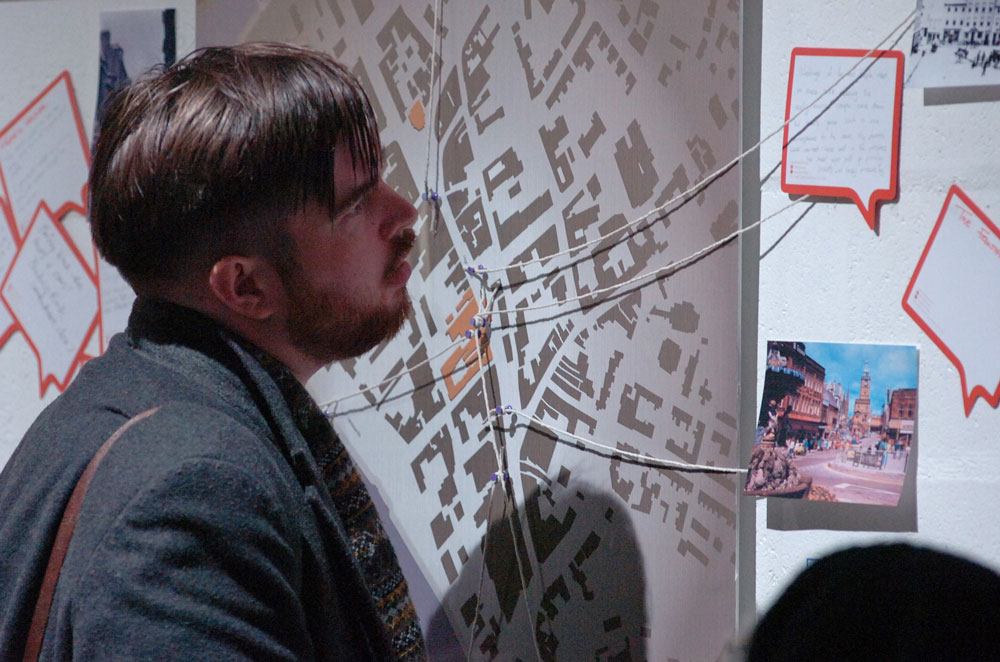

Artists and the diversity/sustainability of the cultural and creative workforce is central to the idea of such an investment programme. Artists would be employed on Fair Work principles to work as artists within the settings described, this is not ‘artists as social workers’ rather a commitment to genuine co-production with communities and regular local contracts will give new opportunities for artists to develop their own individual practices and grow new collaborations with other artists through the national network.
Local hubs, community participation, arts in education settings and fair work principles will also create the conditions for people from diverse backgrounds to enter the cultural and creative workforce and support all creative people with multiple opportunities to develop careers and creative practices.
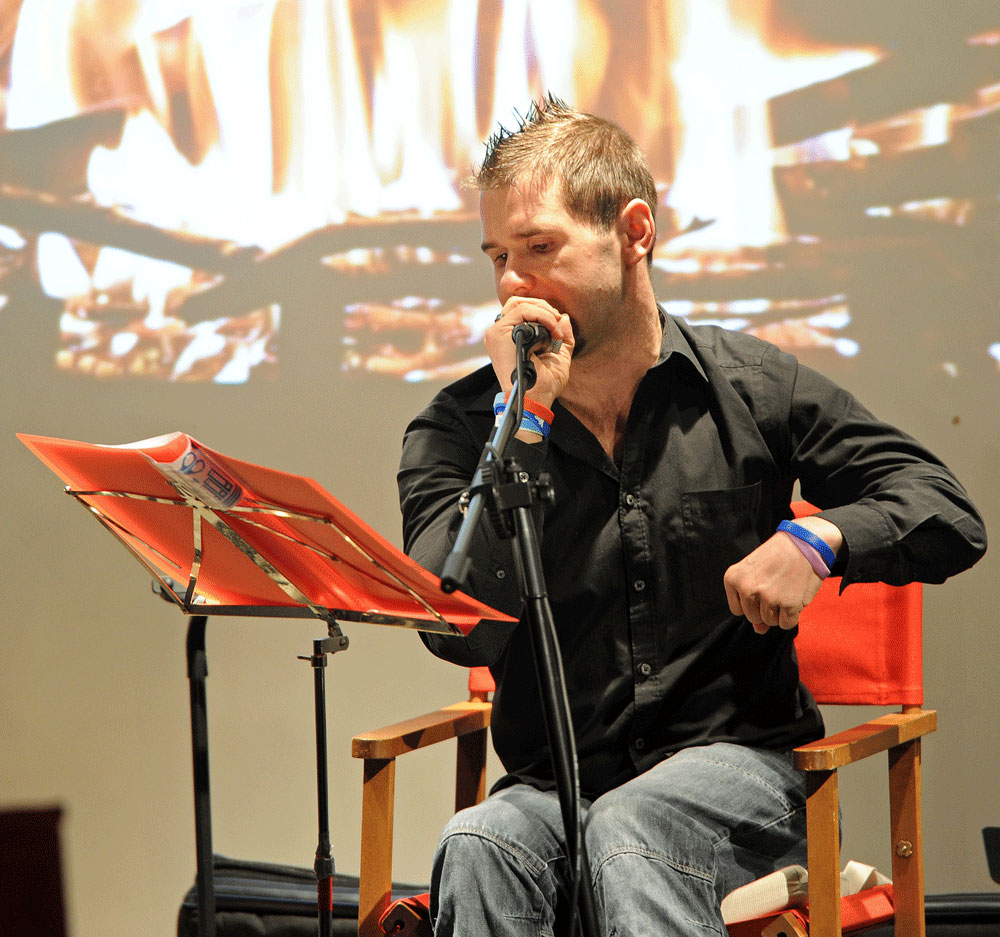
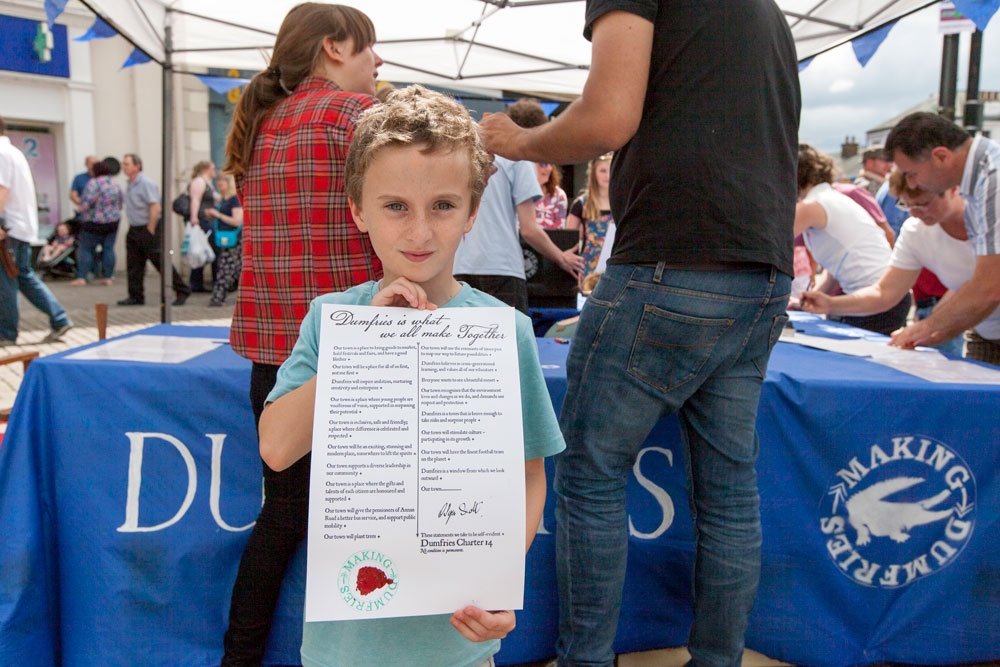
Important initiatives such as Culture Collective and Creative Communities have already grown from the National Culture Strategy. The Culture Strategy makes an incredible opportunity for Scotland to use these as foundations around which we can attract people and practices and build a world-leading initiative that puts culture and the cultural workforce right at the heart of the effort to build a country based on wellbeing and climate justice.
*the Community Arts movement of the 1970s and 80s is one amongst few notable exceptions along with individual projects within the fields of health, education and community-based practice in recent years.

